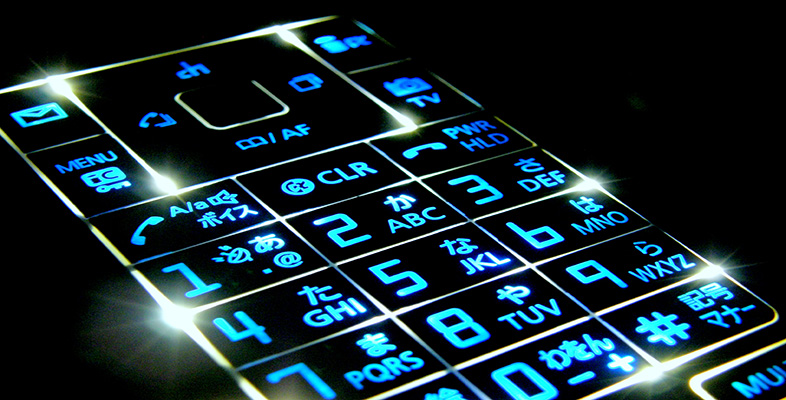4.4.1 FTTCab, FTTC, FTTB and hybrid coaxial fibre
The equipment needed at optical-fibre transmitters and receivers (lasers, photodiodes and the associated electronics) is more expensive than the equivalent for transmission over copper cables. With FTTH this equipment is needed in every home, and a substantial cost reduction is possible with schemes where the fibre doesn't go all the way to the home, but stops short, and copper links run from a shared fibre to several homes (Figure 29). This is the basis of several schemes, such as fibre to the cabinet, FTTCab.

Typically in FTTCab the signals for all the attached houses are multiplexed onto a single fibre (or rather a pair of fibres, one for each direction of transmission) and equipment in the street cabinet performs conversion between the electrical and the optical signals as well as multiplexing and demultiplexing. FTTCab exploits the capacity and low attenuation of fibre while only needing a single pair of optical transmitters and receivers shared between several houses (maybe tens or even hundreds of houses might share the one fibre), and links from the cabinet to the houses would typically use twisted-pair cables.
FTTC is fibre to the curb/kerb (where ‘curb’ is the US spelling of ‘kerb’), and is really the same as FTTCab but taken closer to the homes, so that each fibre serves fewer houses. The split is done in a hub located on the kerb to serve the nearby houses.
FTTB, fibre to the building, goes further, taking the fibre into a building, but the building is typically a block of flats or some other shared building and the drop to the individuals is over copper, as with FTTCab and FTTC.
FTTX
All these acronyms beginning FTT, which are to do with getting fibre closer to the user, are sometimes grouped together under the heading ‘FTTX’ – with the ‘X’ as a sort of variable that can be B, C or whatever. They are not at all standardised and authors tend to pick any that suits them at the time. A colleague wondered if he needed FTTDch because there is a ditch at the front of his house!
In general terms, going from FTTCab through FTTC and FTTB to FTTH represents reduced sharing of the capacity of a single fibre but increased cost. The different schemes correspond to different positions on the trade-off between cost and capacity per user, where fibre to the home is the most expensive but gives the user the most capacity.
Cable TV networks have traditionally used coaxial cable for signal distribution, because coaxial cable has better performance at the high frequencies that were needed for (analogue) TV signals. The same economic arguments apply to converting cable TV networks to fibre as to telecommunications networks, and similar to FTTCab for cable TV is the hybrid fibre coax (HFC) scheme, where the final ‘drop’ to the user is over coaxial cable.
